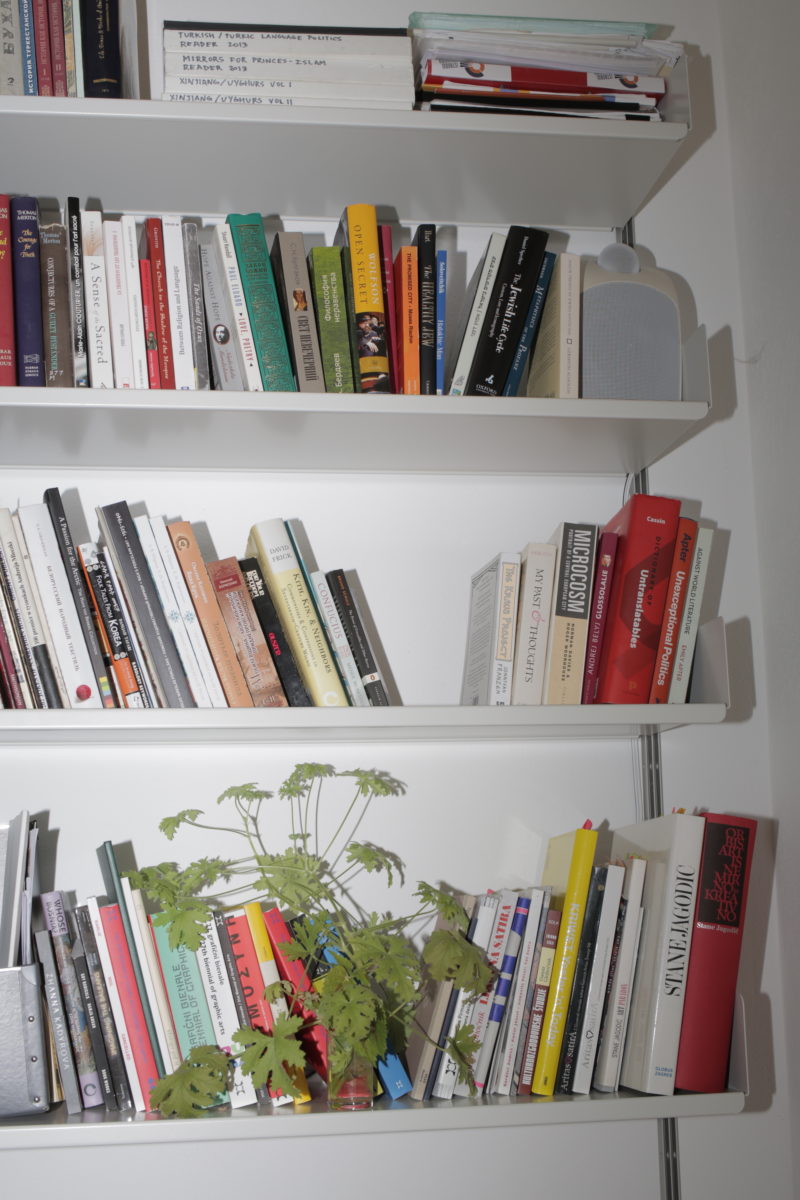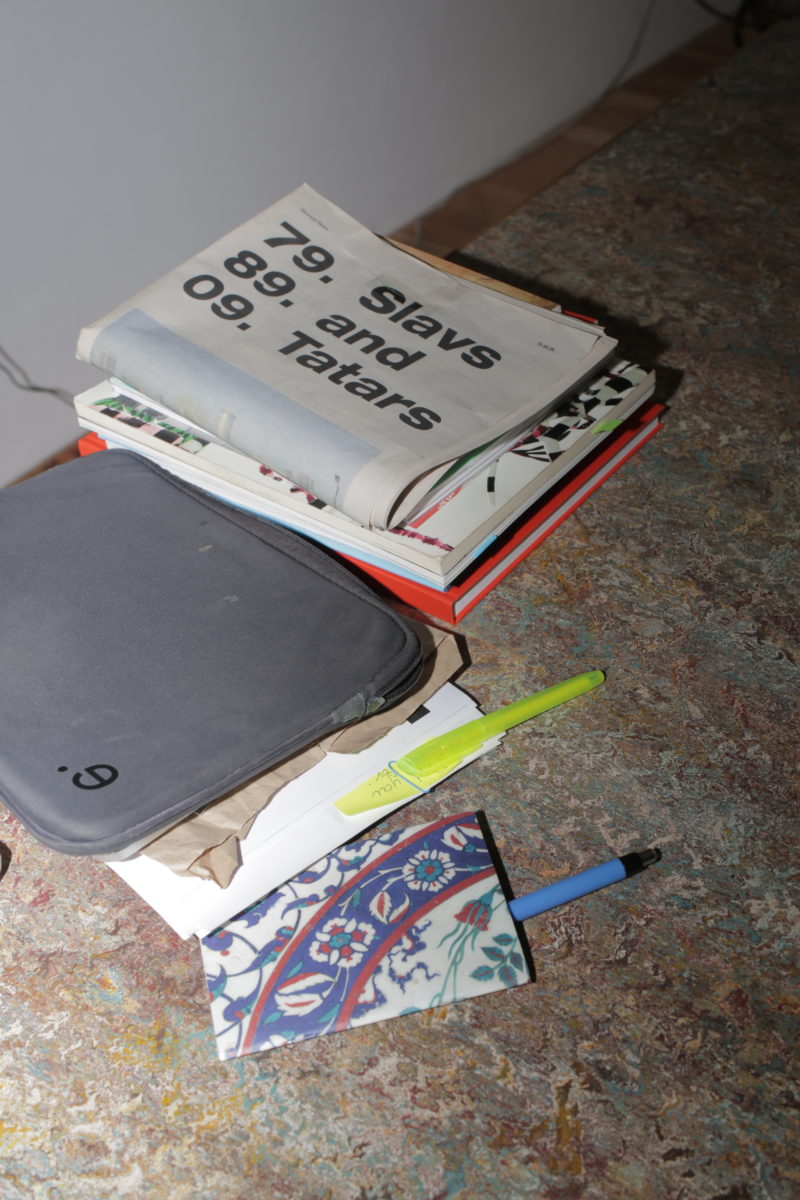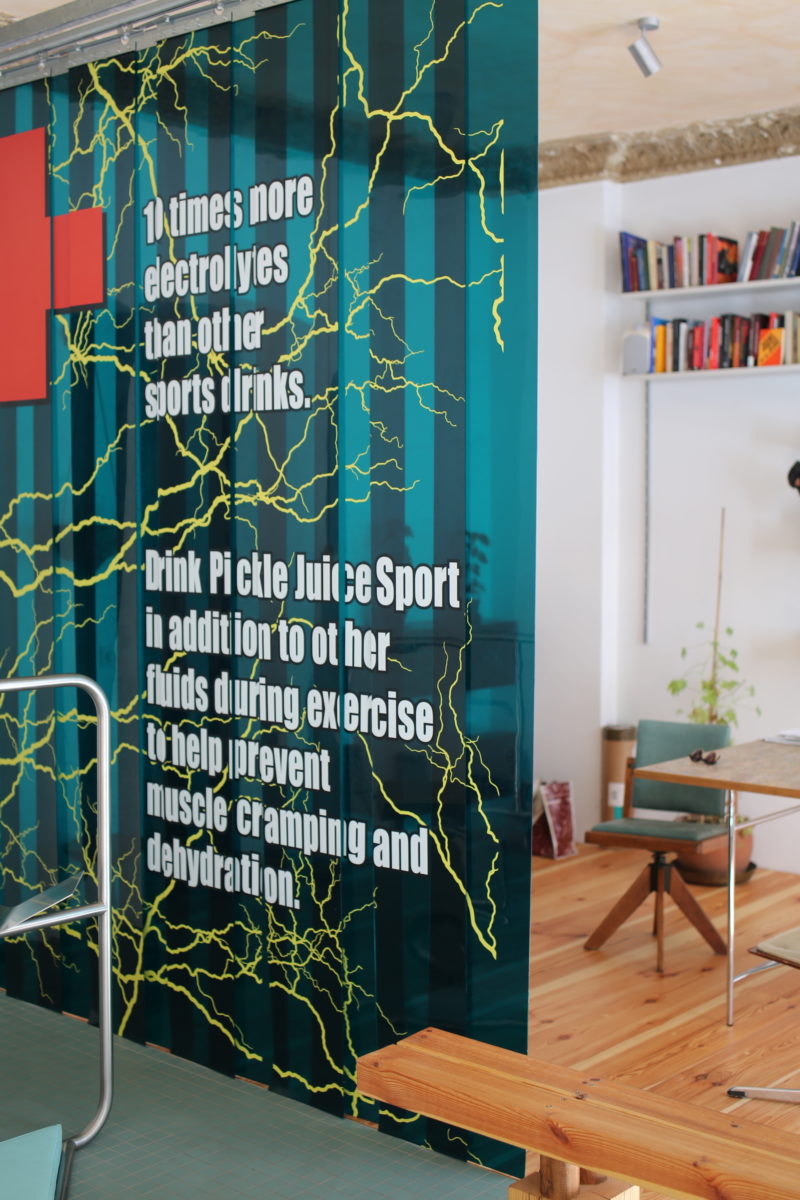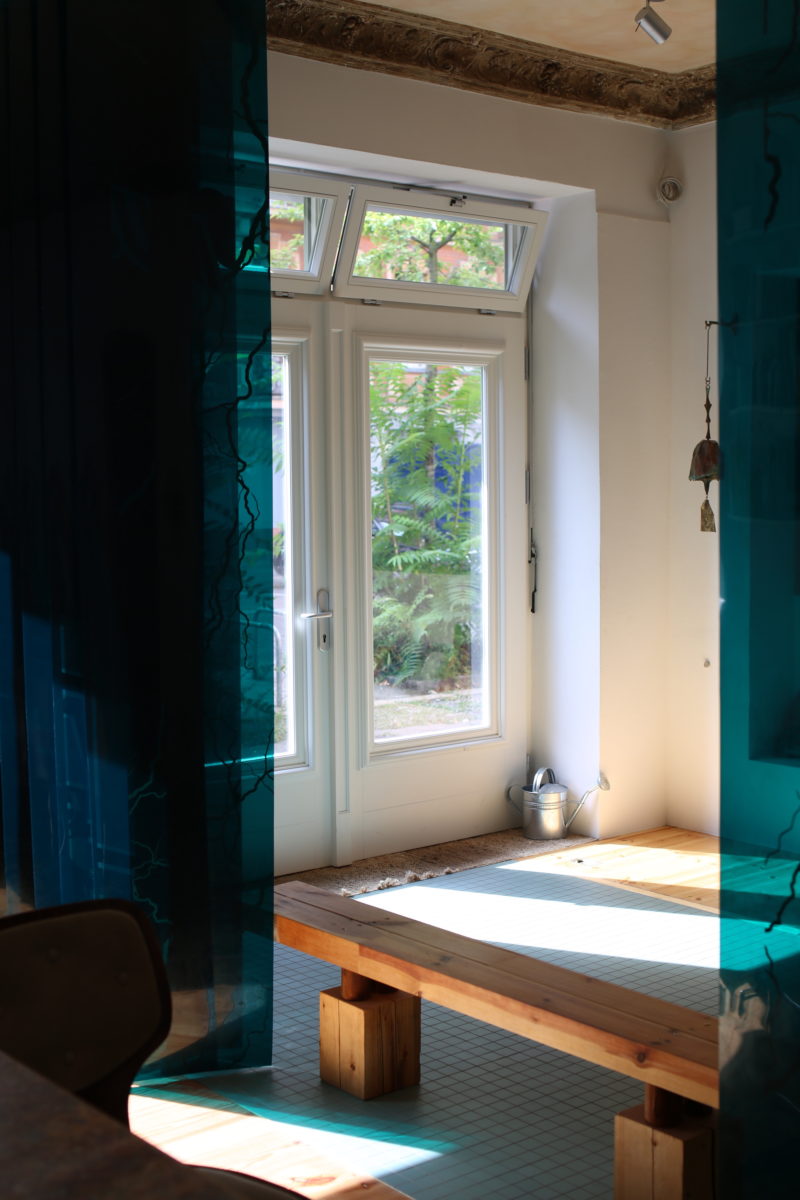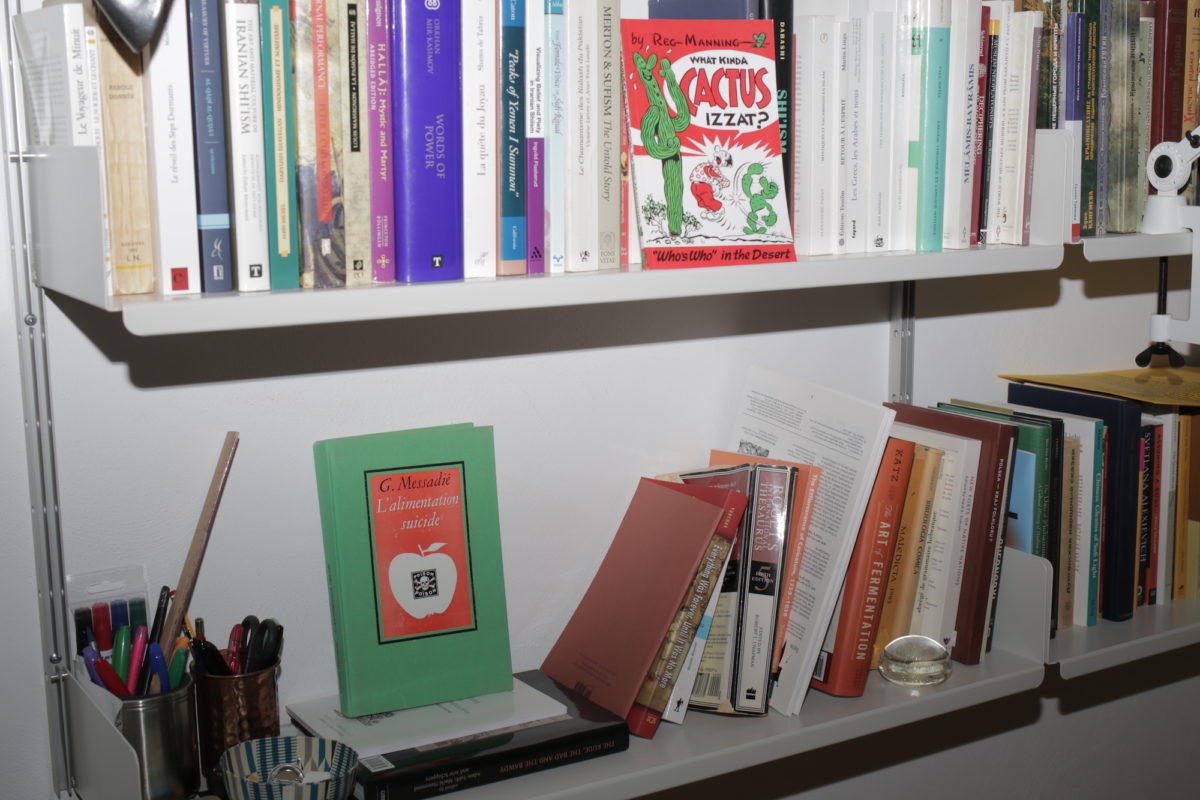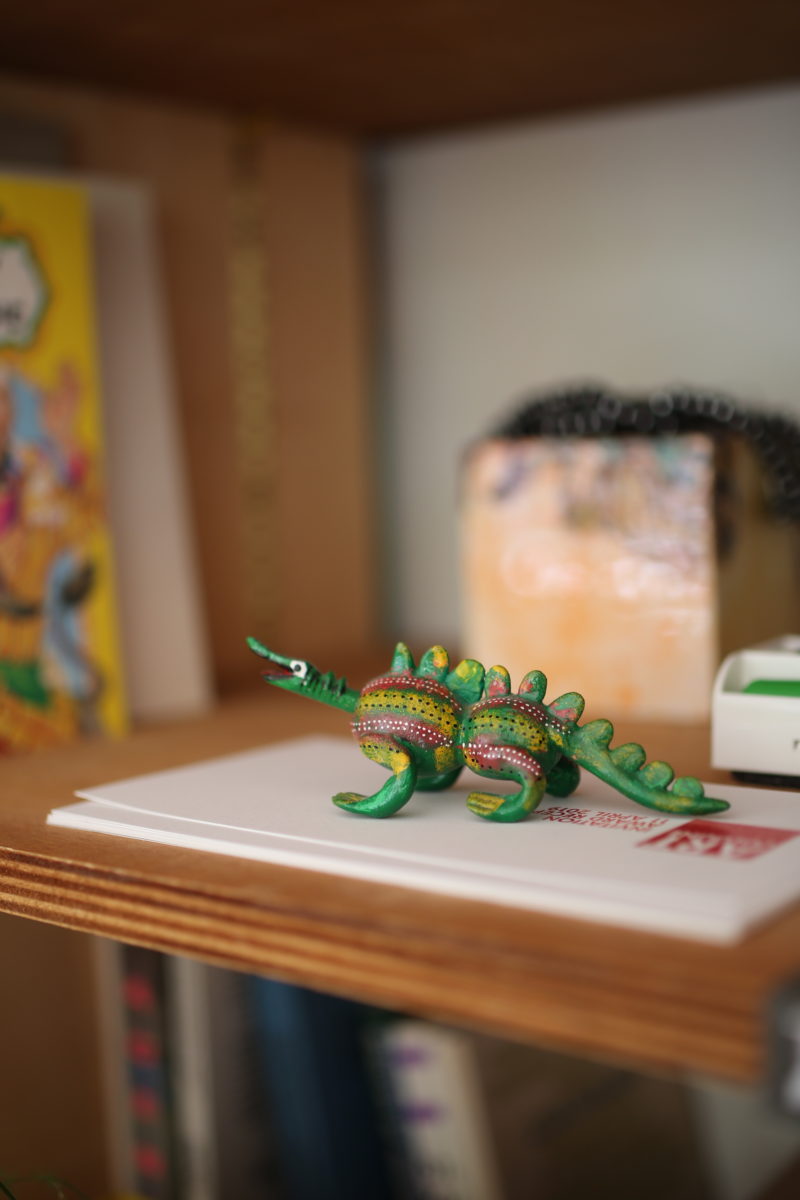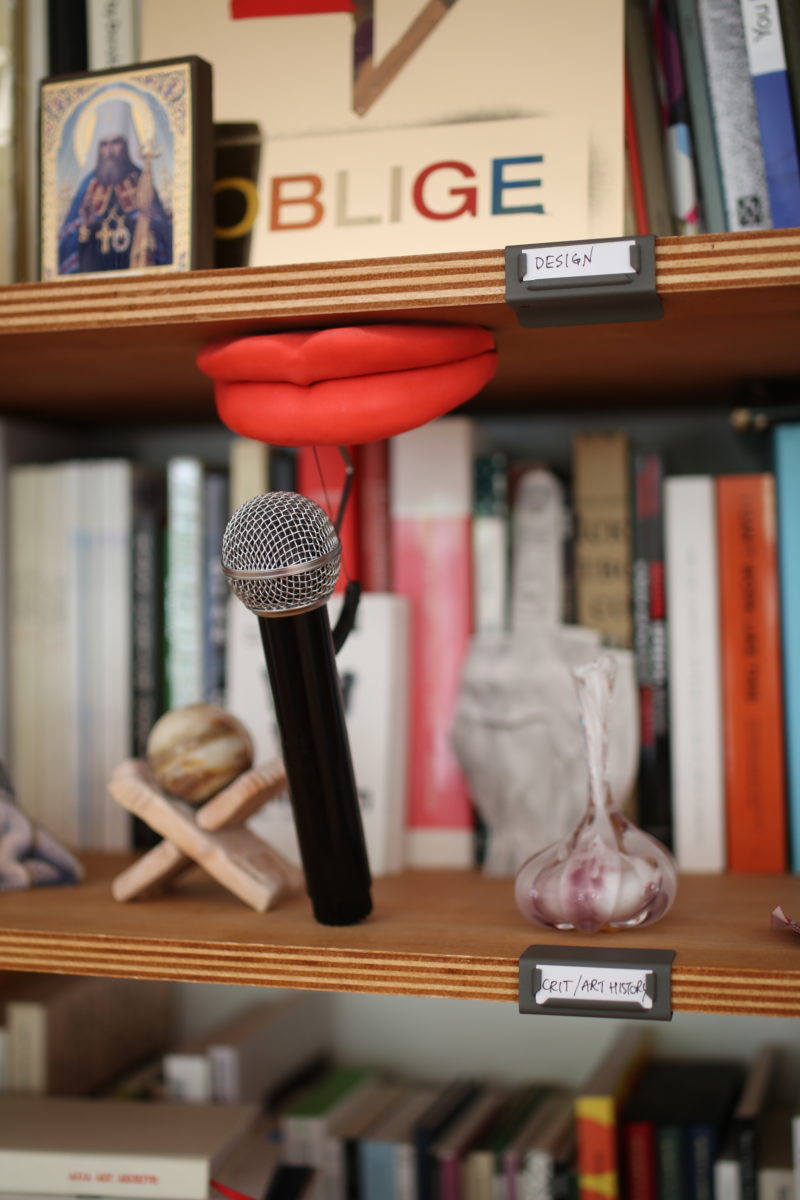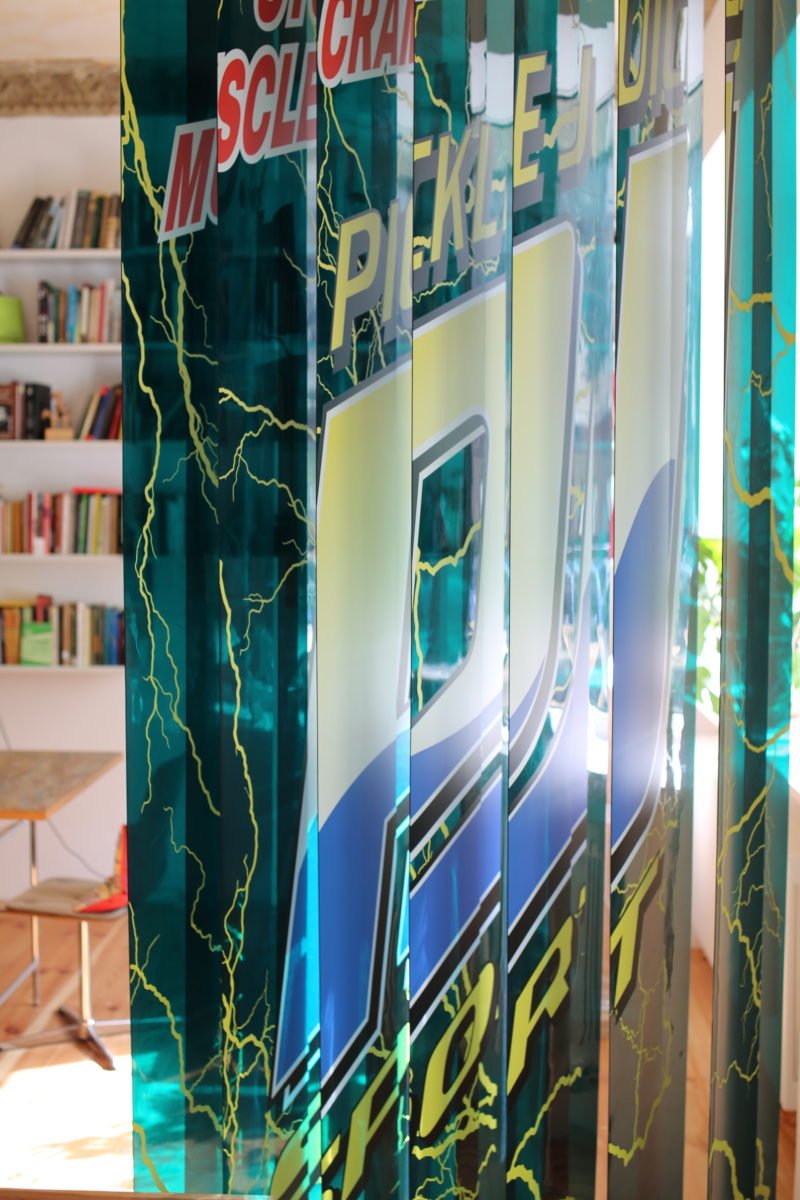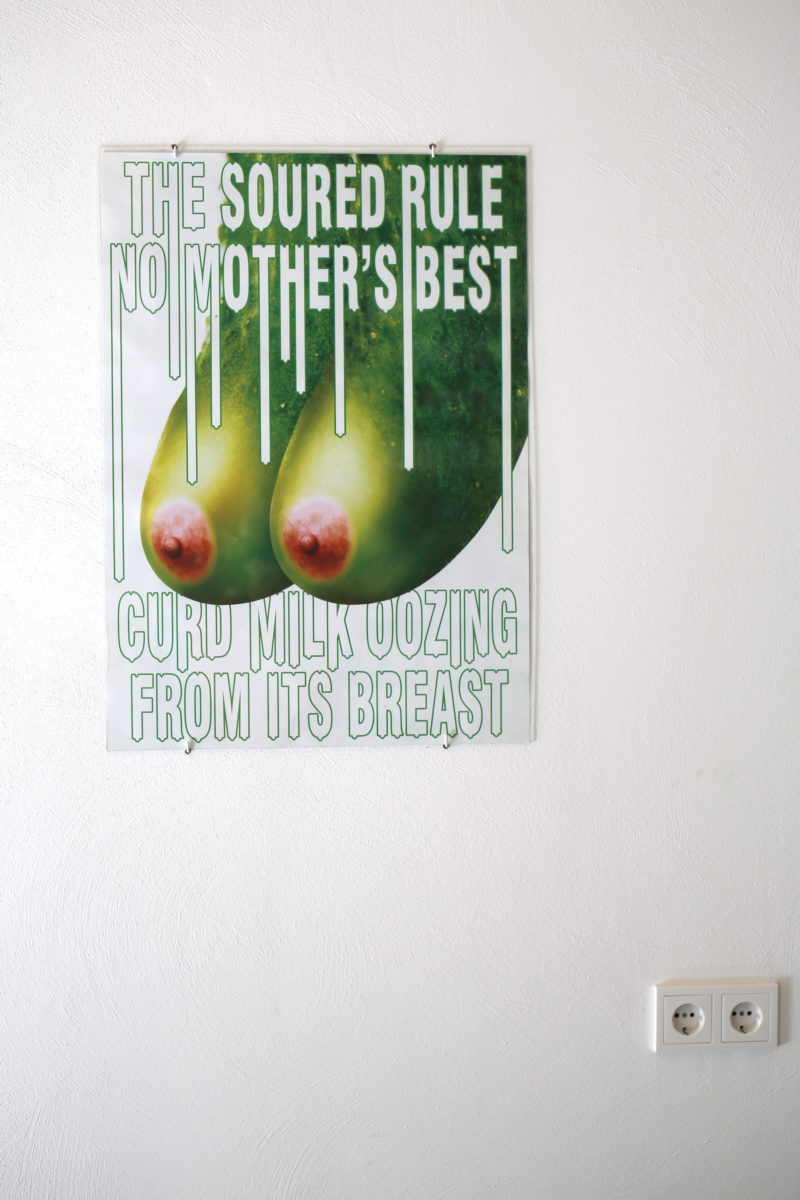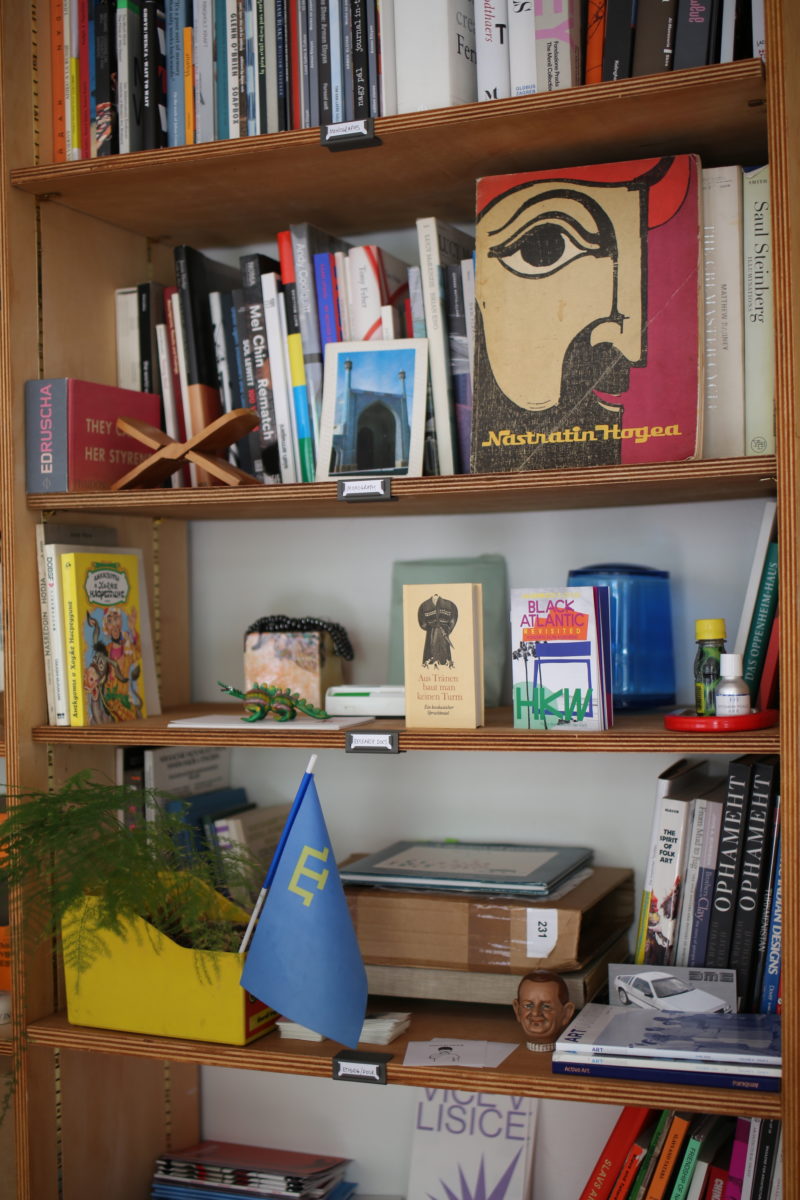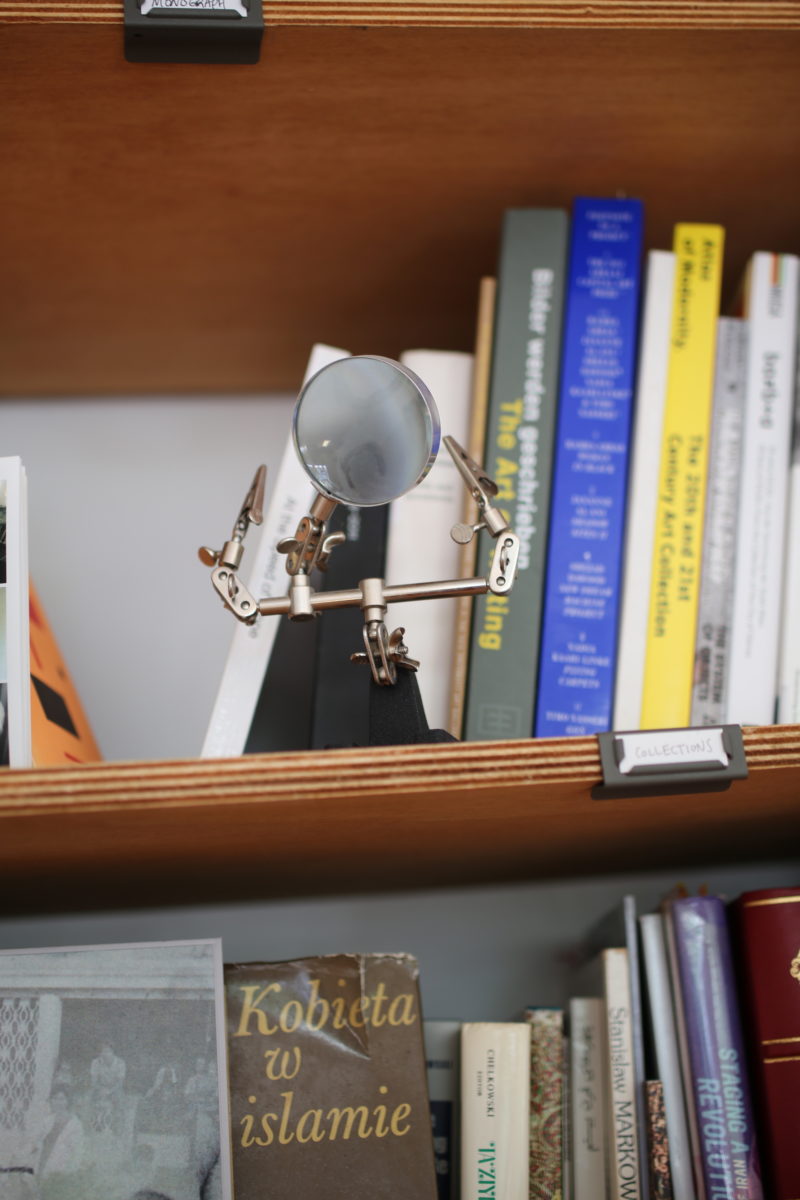
Secreted away on a sunny backstreet in central Berlin, a stone’s throw from the city’s contemporary art museum Hamburger Bahnhof, is the airy ground-floor studio of Slavs and Tatars. Typical of Berlin, the space is far larger than artists in London or New York could ever dream of. Huge windows look out to the street, where Arabic bakeries and German groceries nestle on adjacent corners.
The art collective, founded in 2006 as an informal book club, is made up of several roving members—a mix of graphic designers, writers and researchers from diverse backgrounds. They choose to refer to themselves as a group rather than by individual names, and their collective title makes reference to their focus on the literary and political geography known as Eurasia. Together, they work across research cycles, which in turn become anything from installations to sculptures, lectures to printed matter. Together, they set out to question our understanding of language, ritual and identity.
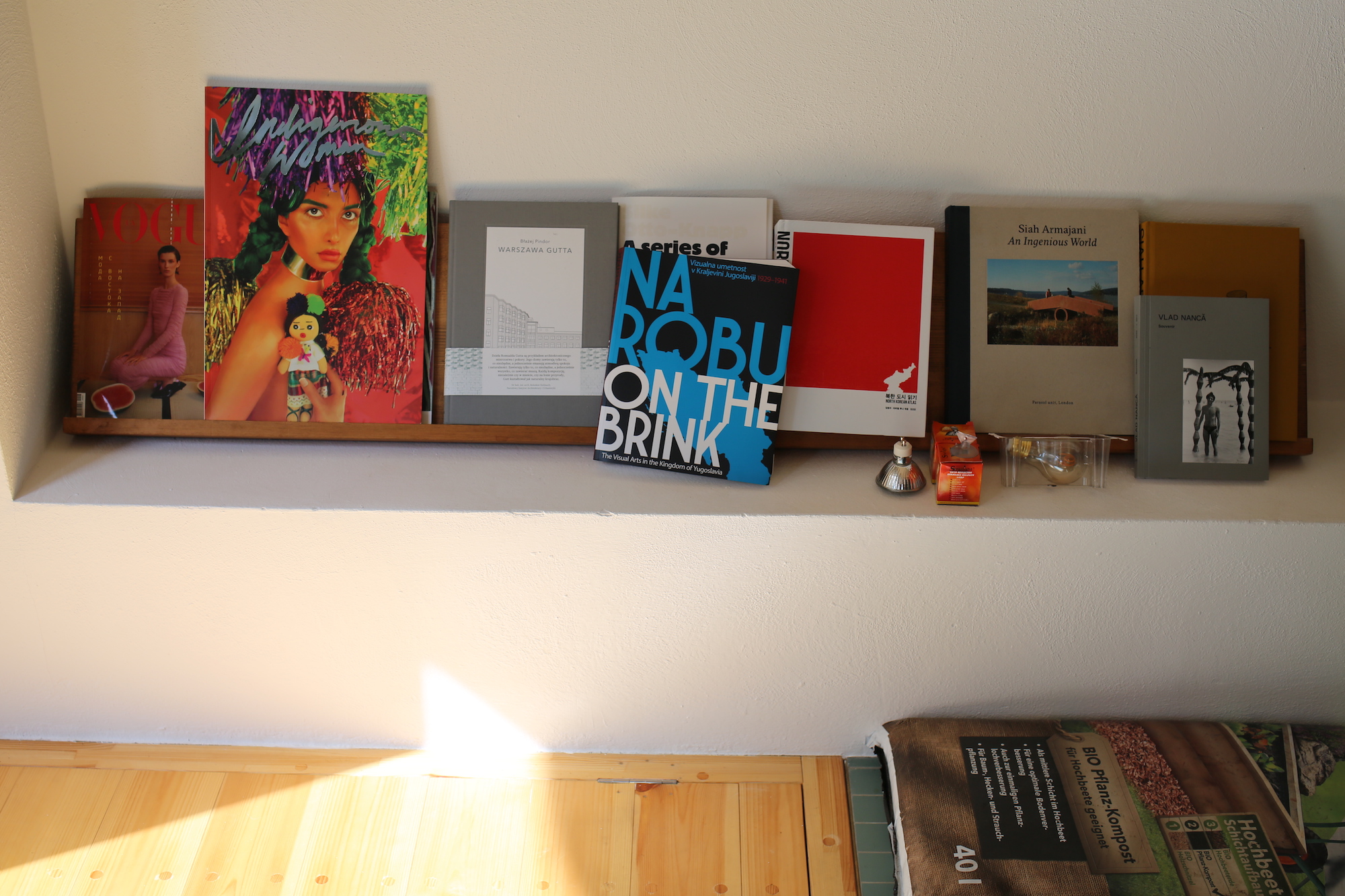
As a team, you have a very collaborative process. How do you move from determining your concept to figuring out the shape it’ll take in reality?
We are always in the middle of research cycles—at the moment we have about eight. For a topic, we love to look at the political—or geopolitical—origins of certain crazes. At the moment, for example, we’re looking at the idea of fermentation. Fermentation today is talked about as a kind of Western food fetish and foodie idea, but actually, it comes originally from Turkic areas which Western civilization actually defines itself against.
Once we have a topic, each research cycle lasts about three years minimum, until we see something worth taking further. We do lots of academic research, looking at articles, dissertations, books, and we try and apply that research in the current field. Then we translate that research and its applications into its final shape—whether that’s an art piece, a lecture or performance, or a book. It’s difficult because we’re not just trying to describe or illustrate the already-existing research that we’ve found. Our translation is about bringing something new to the table that hasn’t already been done by academics; by activists; by anthropologists.
“We love to look at the political—or geopolitical—origins of certain crazes. At the moment we’re looking at the idea of fermentation”
And how do you choose your subjects of research?
People often assume that the reason we’ll choose a particular topic or region is because we’re familiar with it, or even experts in it. It’s actually the opposite: we choose to look at things that we don’t yet understand and don’t yet know. Most of the time artistic discourse is talking about the same names, but you’ll never find Derrida or Foucault in our work. We’re interested in discovering figures that have not been acknowledged, or people who we’re not taught about.
There is a certain homogenisation of curricula across the world, and that seems wrong. I think that there should be just as many forms of knowledge as there are places of knowledge, but that’s not the case. So we wanted to fill in those gaps and share what we found with others. I think that’s part of the success of our work. We tend to attract people who are not your normal audiences. I think the reason for that goes back to the openness of our remit of our founding, which is the book club. There’s no hierarchy, there’s no leader of a book club, everyone just brings along their interest in the topic.
You take obscure topics and deliver them to your audience with an element of humour and play. How do you make these complex topics accessible?
It’s easy to be critical of something, and it’s easy to commemorate and praise something, but it’s very difficult to offer praise and critique at the same time. I want to critique something with a bear hug. It’s hard, and it very often doesn’t work the way you want it to work, but I would say when it does work, people from oppositional positions—for example a religious person and a secular atheist—can find a common ground, but also find their own agency in the work.
This is partly because the message isn’t obvious and clear; it’s not black and white. Ambiguity is key. Very early on, we were told by a curator, “The strength of your work is that people don’t know whether what you’re saying is true or if it’s fiction; whether it’s serious or a joke.”
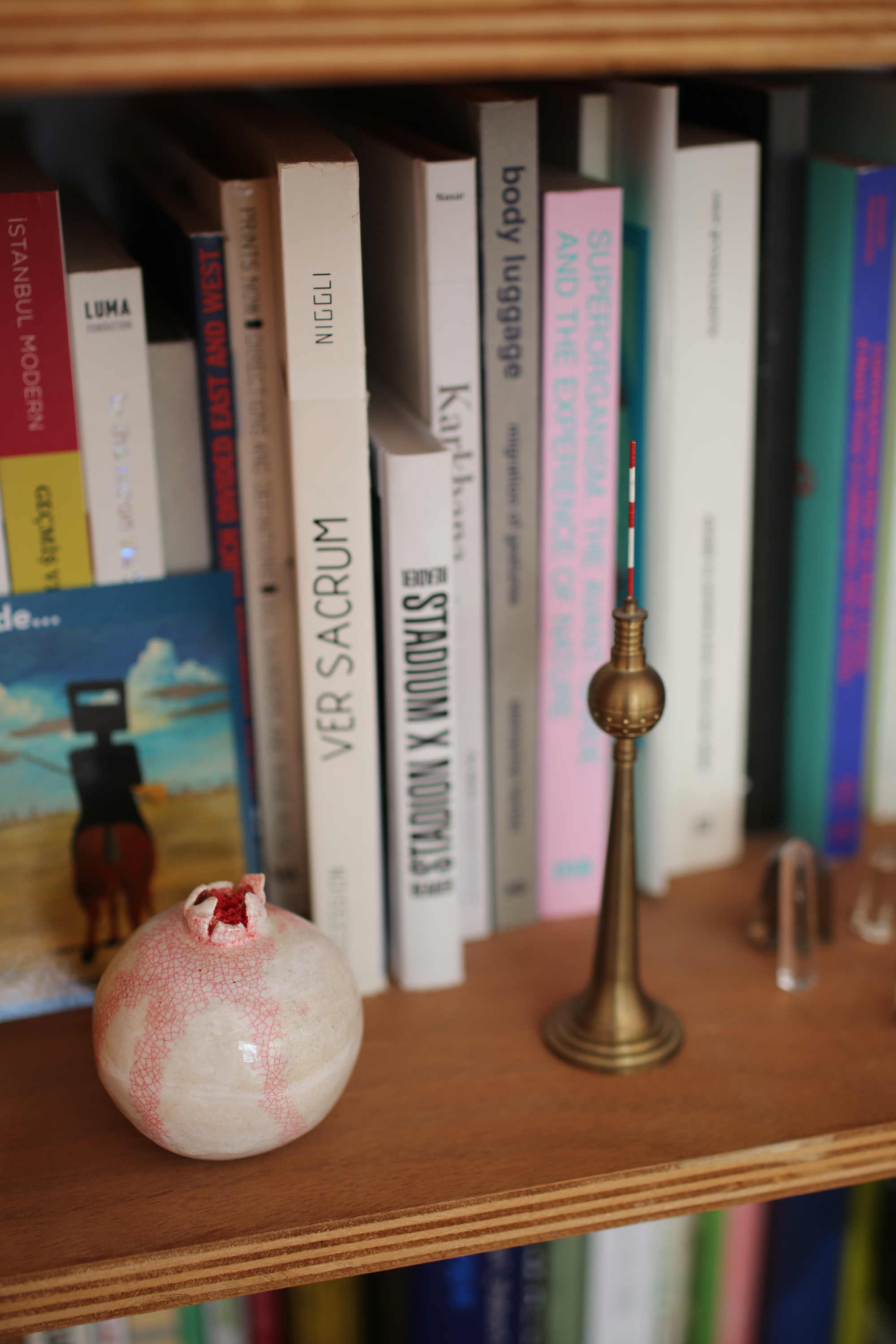
Food is a recurring motif in your work. How did that come about and what role does it play in your work?
It started at Secession with the exhibition Not Moscow, Not Mecca. We decided to tell the story of syncretism in Central Asia, and not through the people because we didn’t want to reduce the situation to a person. So we thought, let’s tell the story of this region through its fauna, through its food—for example, persimmon and quince. These were sculptures but there were actual real fruits as well. People didn’t know which was which, so it was about representation versus reality.
Also, something we want to question in Slavs and Tartars is this idea that all knowledge takes place in the brain. There are other organs of knowledge; this is something Easterners have known for thousands of years, but the West is only now beginning to learn. The stomach is just as articulate and as complex as the brain. Certain mystical practices talk about the heart as a form of knowledge. Others talk about the stomach, and food, of course, then becomes a kind of very natural way to examine this.
“It’s very difficult to offer praise and critique at the same time. I want to critique something with a bear hug”
The work of Slavs and Tatars is often very visually immediate. How important is this accessibility to the work?
I often come back to this idea of combining the un-combinable, like critique and commemoration; praise and stabbing in the back. And this is one of the ways in which that can happen. You want to have a kind of immediacy in the work—some people call it pop, some say it’s because it’s very colourful—but whatever it is, you also want to to have people able to reach further into it, and to get more out of it the deeper they reach in. We want the work to be immediately impactful, so that the audience doesn’t need to study it to get it—if they choose to, great! But they don’t have to.
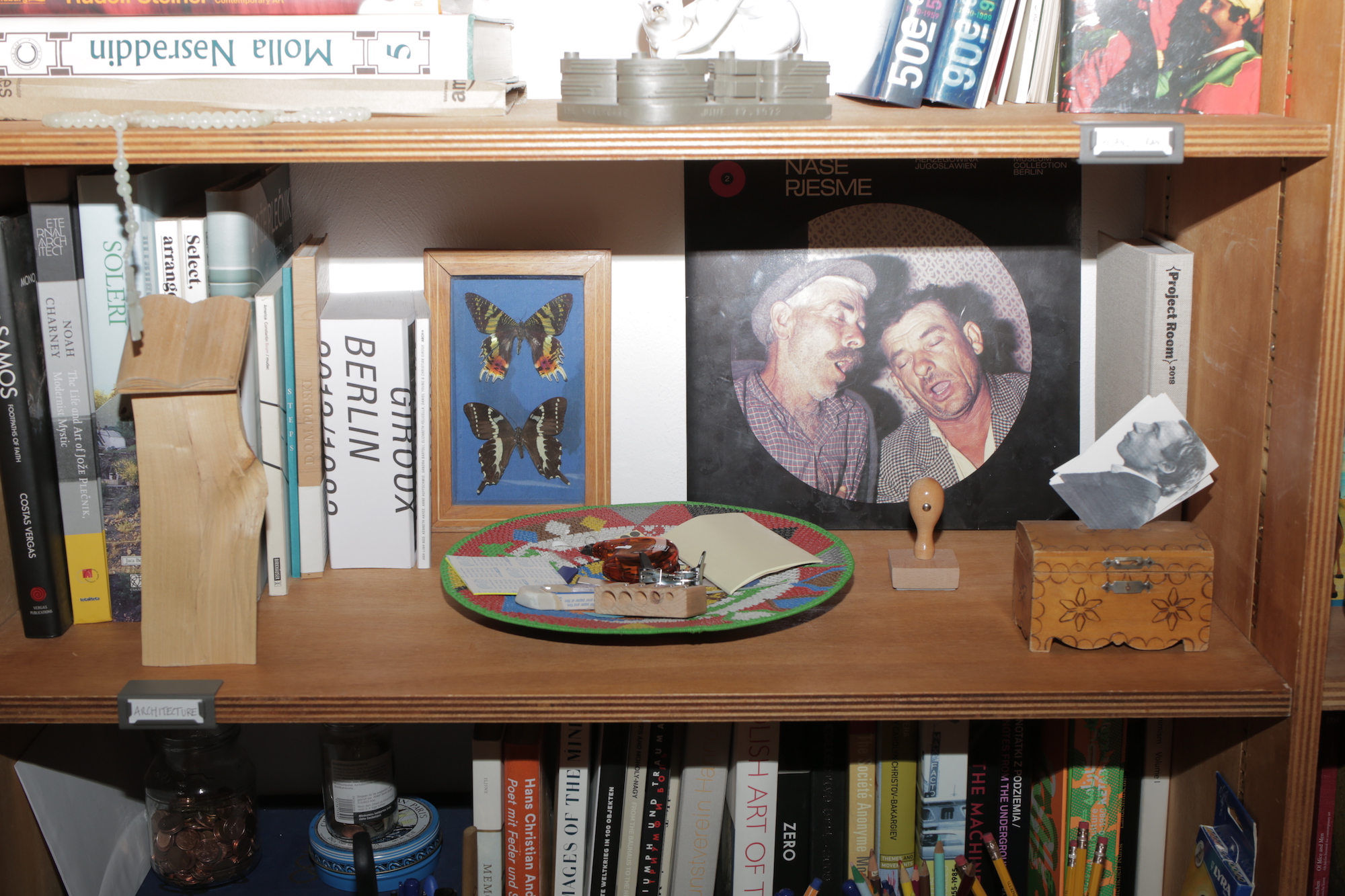
This element of accessibility is also emphasized in your books, which are inherently more accessible beyond the confines of a single gallery space and exhibition. The books that you self-publish (and which are available to download as PDFs) also offer a more democratic way to consume your work. How did this develop, and how has it changed and shaped your work?
If there’s something that we’re known for, it’s our books. That’s how it started. I don’t think there are many people in the art world who do books like we do today. We’ve been doing it for so long, and it really speaks to where we come from. It’s part of our practice; it’s not just about documenting. They exist in-between spaces and categories. They’re analytical, but they’re not scholarly books. They’re intimate, but not memoirs.
They also break a lot of rules of graphic design. I always refer to it as the immigrant approach to graphic design—you don’t want to waste any space, you just pack it in, as paper and printing are expensive. Art books always have lots of white space, but our books are doing the opposite. Normally, the art book is an afterthought following the artwork, but we want the book at the top of the hierarchy. In our first three or four years, we only made books. We don’t do art books that are handmade and delicate. I want to read on the breakfast table; I want the milk to fall on it; I don’t give a shit. For me, it’s like a newspaper. It’s not about preciousness. Too much of art is really about preciousness and exclusion.
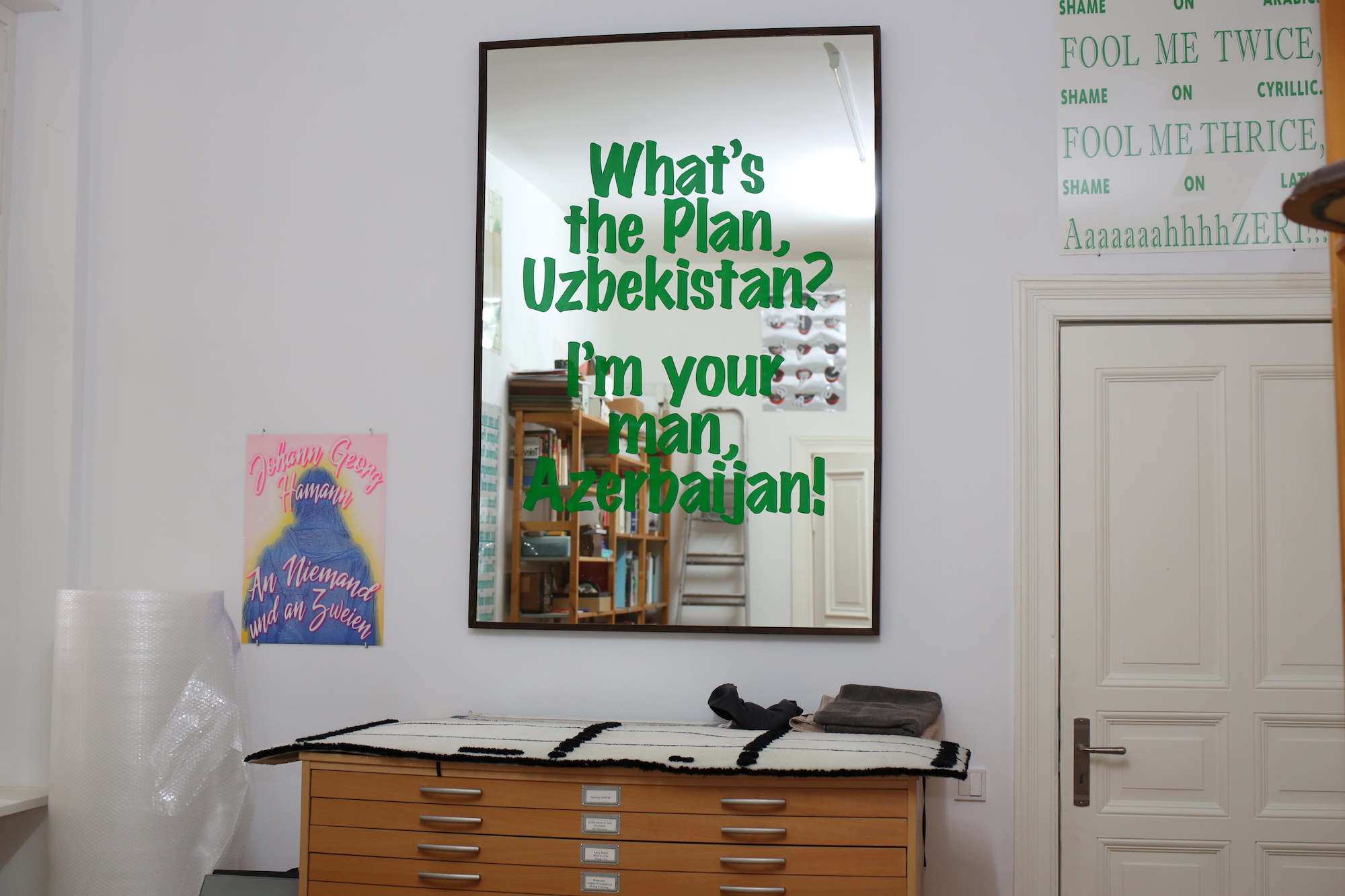
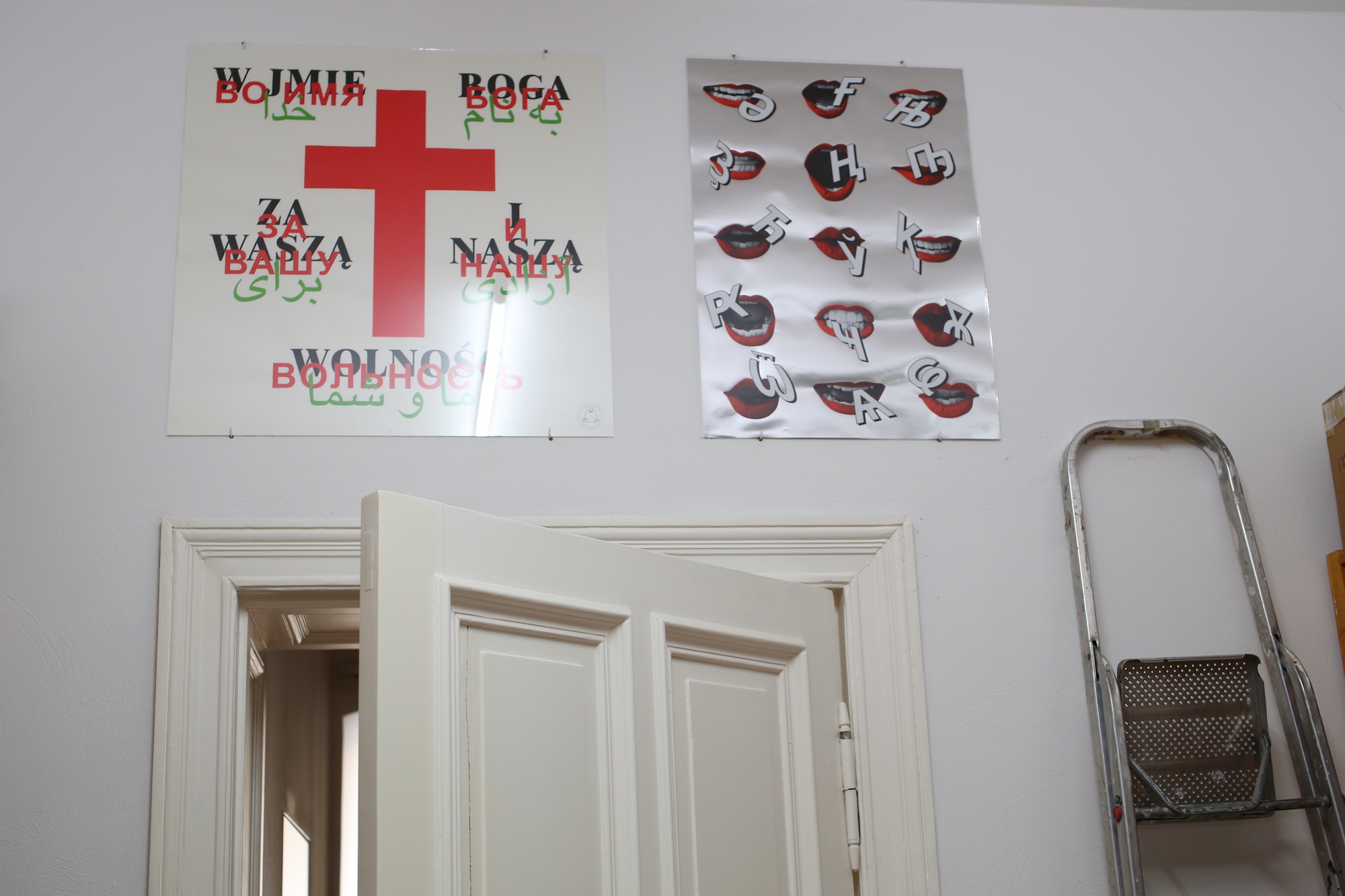
Graphic design is central to your work as a vehicle for the communication and breaking down of complex ideas. What do you see as its function and place in your work, and how do you make use of it?
It is important to us to have a kind of certain violence or tension within the piece. For example, we have a curtain that is made from industrial material, with a very utilitarian aesthetic, yet is still an art piece. It’s a balance of high and low which is actually quite important, because if we go too much into the high, without our particular elements of formal tension, then it becomes a bit just too pretty. And if we make works that are too rough, too “feet in the grass,” then they feel somehow not seductive enough.
The ideal is that somebody doesn’t know immediately that what they are looking at is art. The way that art is normally presented—white wall, spotlight—you just know that it’s an artwork from a mile away. I think that the graphic design element really helps with this ambiguity and balance; it smooths out the transitions, and the tension between the high and the low.
“If art is constantly redefining its boundaries, then do something outside of those boundaries”
What would your advice be for those who are just starting out in the art world?
We didn’t set out to be artists, we set out simply to publish. We were working in publishing, design, research and public policy. We didn’t study art in the traditional sense, and making art per se wasn’t our aim, but our work had a life of its own regardless. It didn’t need to become art and we didn’t need to become artists to be fulfilled people. Most people’s criticism of art is that it swallows everything. It takes things that were not considered “art”, like Forensic Architecture or like our work, and embraces it and sort of swallows it up.
But my advice to younger people would be to use that, to just embrace that and use it as a means to good ends. If art is constantly redefining its boundaries, then do something outside of those boundaries. Maybe in ten years time, what you do will be swallowed by art and you’ll be back inside that frontier. But at least it will have come originally from a position of exteriority. Whether art embraces your work or you get the chance to take it somewhere else, take it and run with it.
All photographs © Louise Benson
